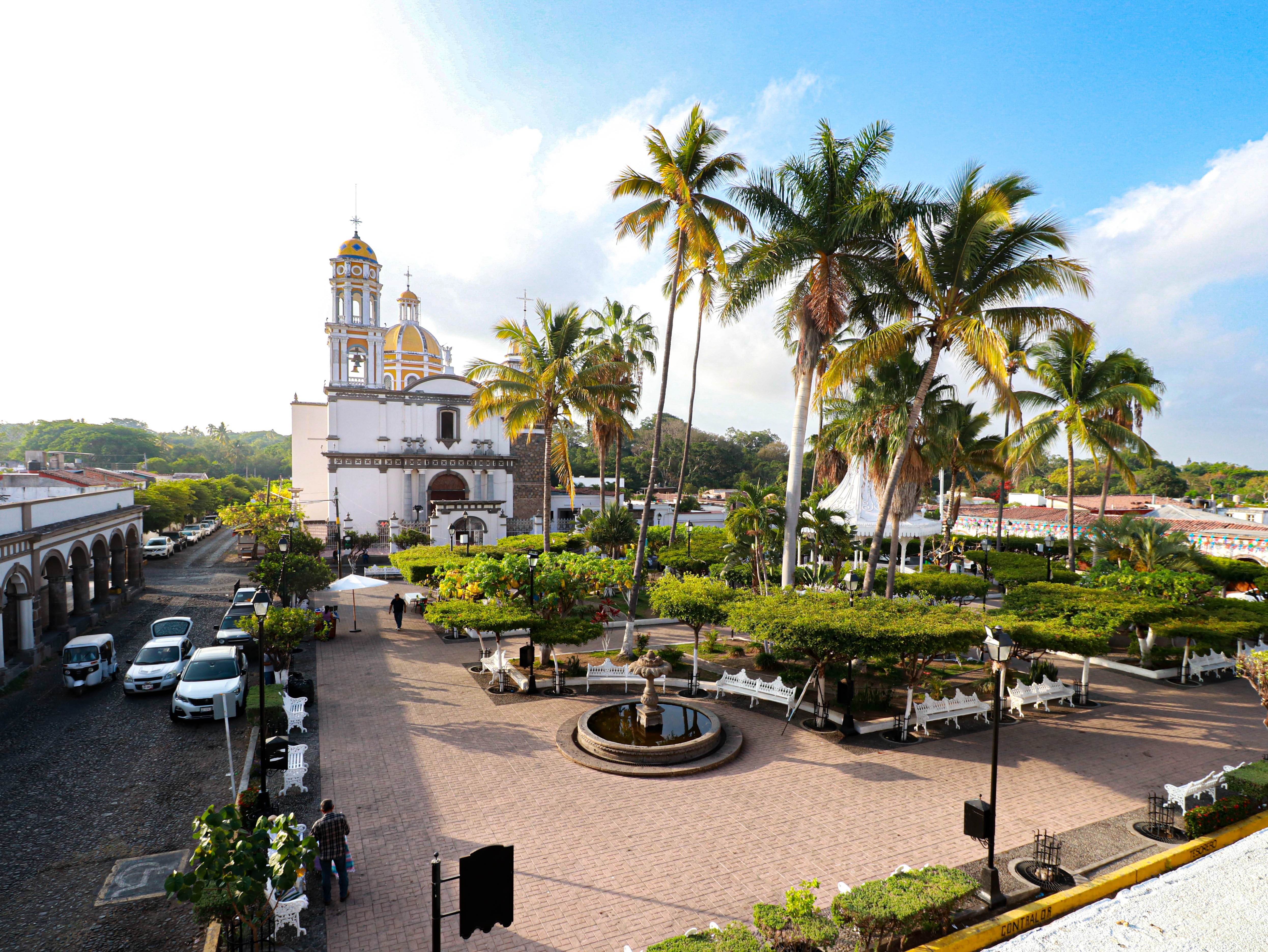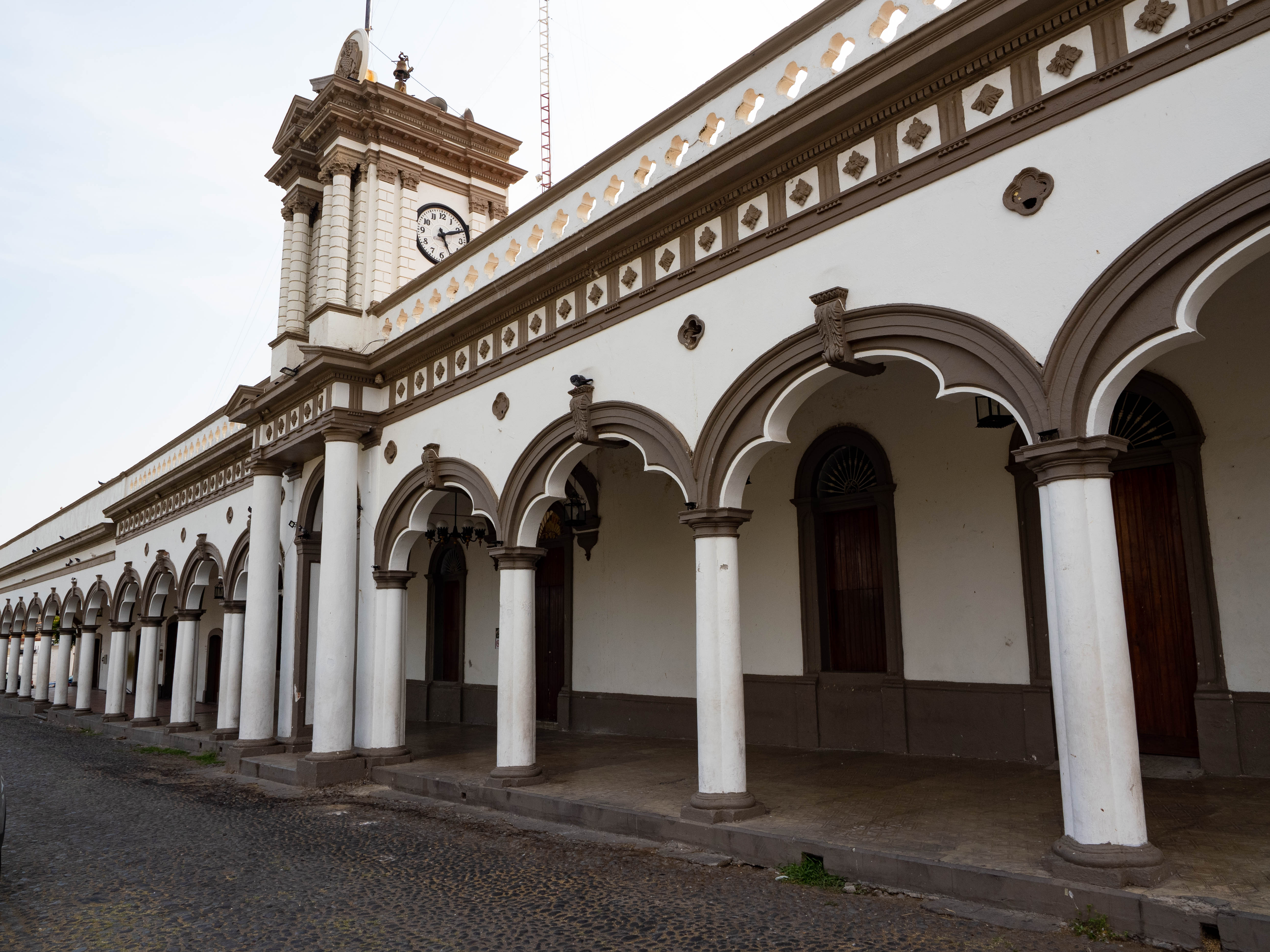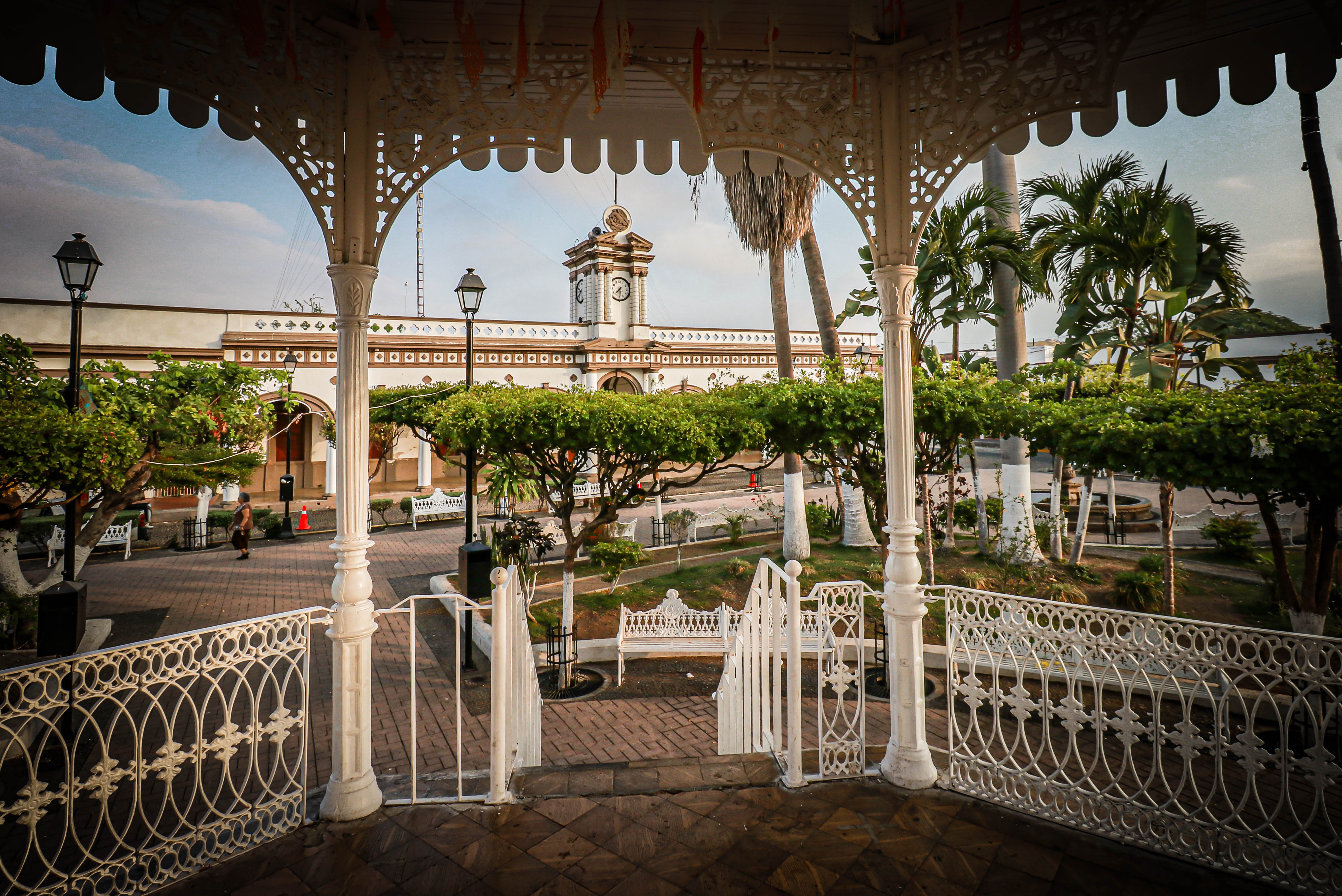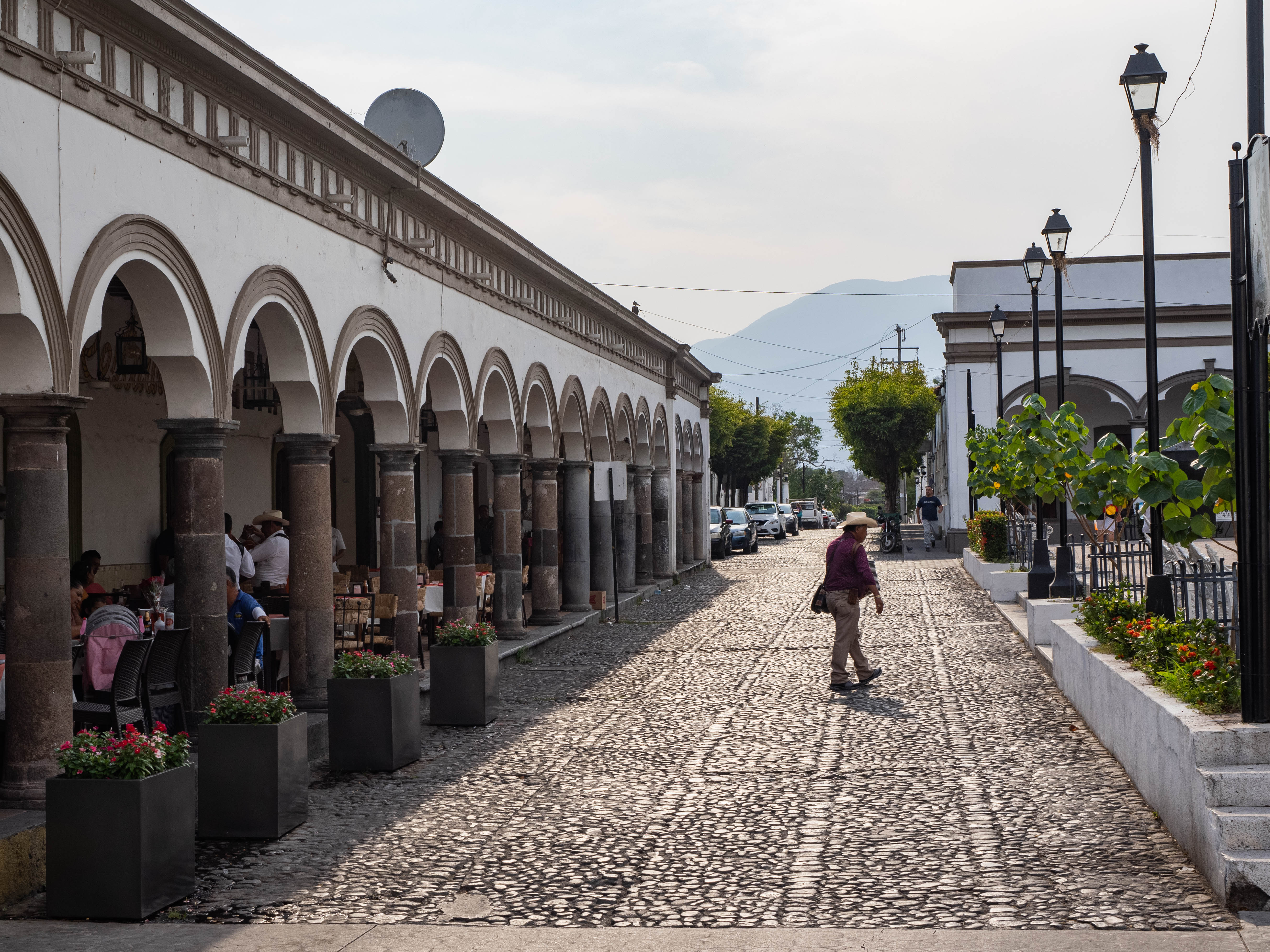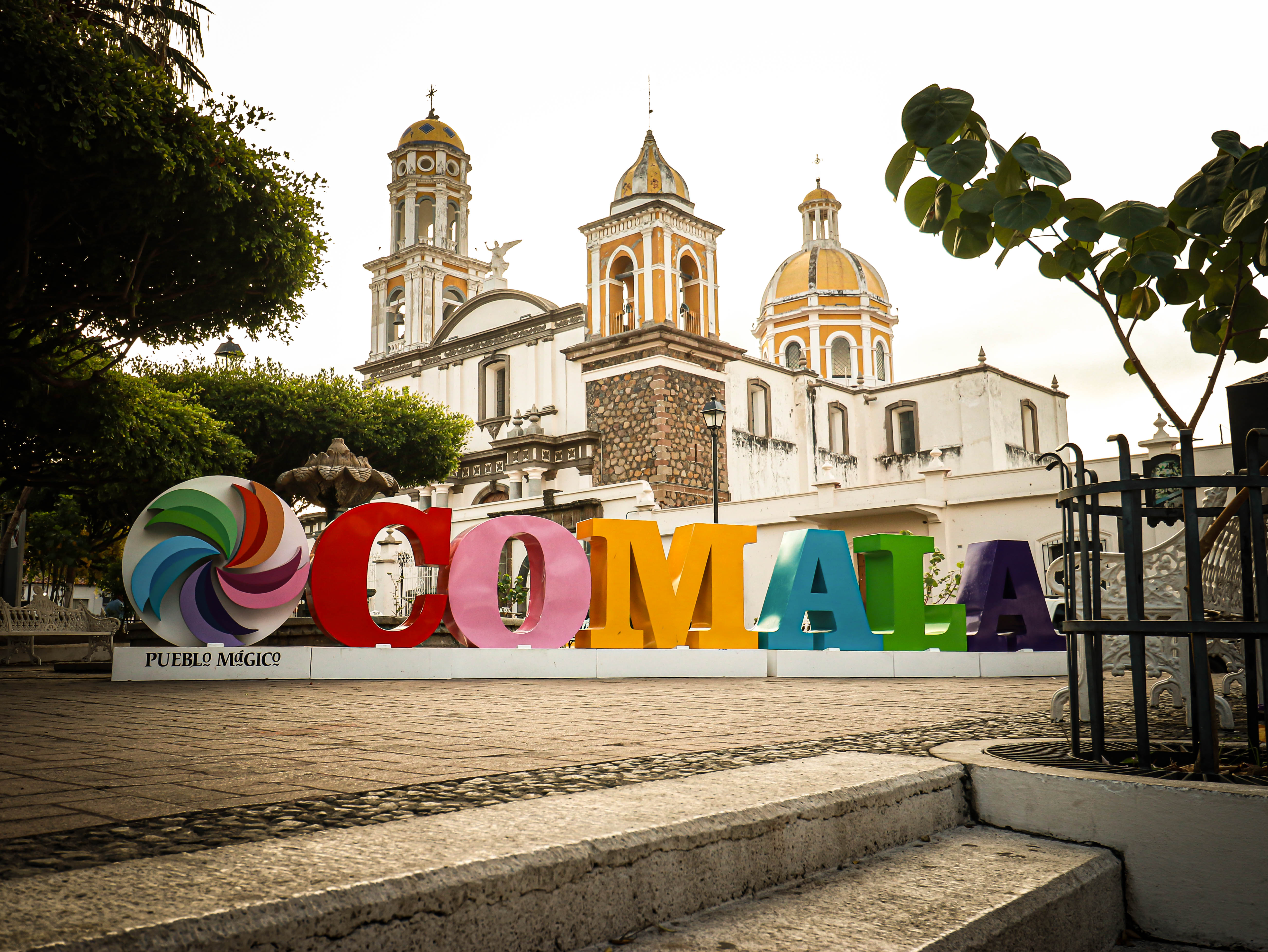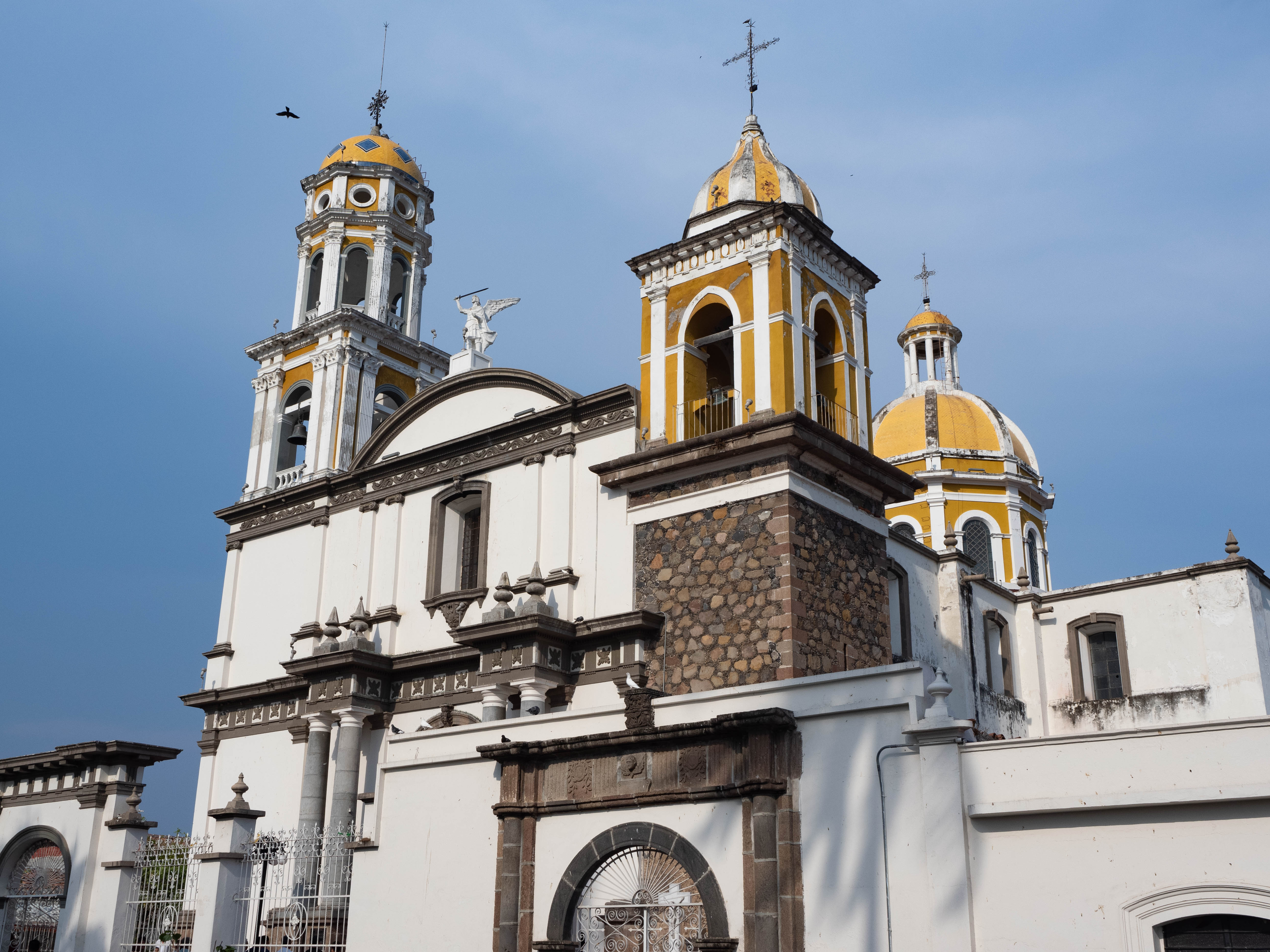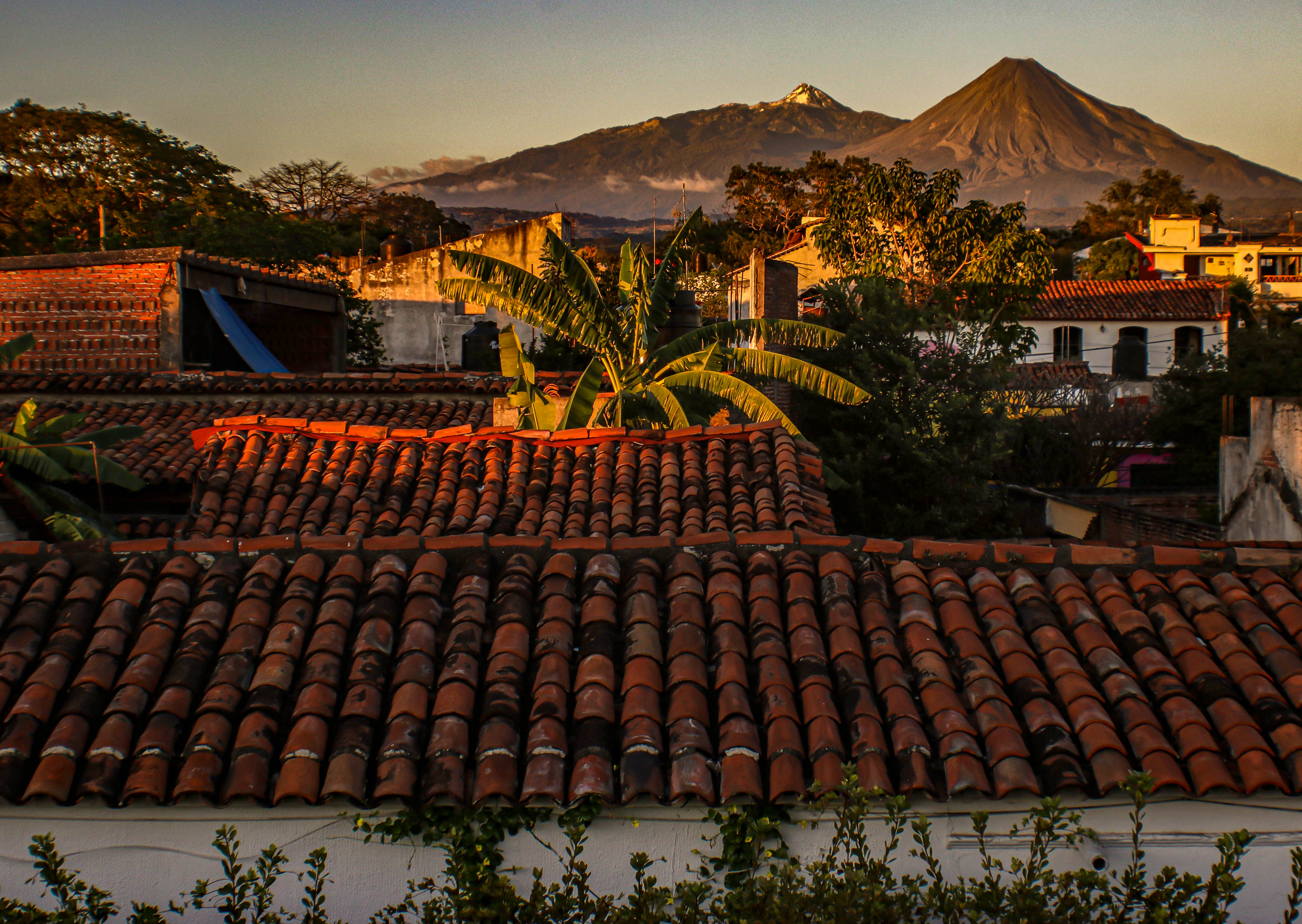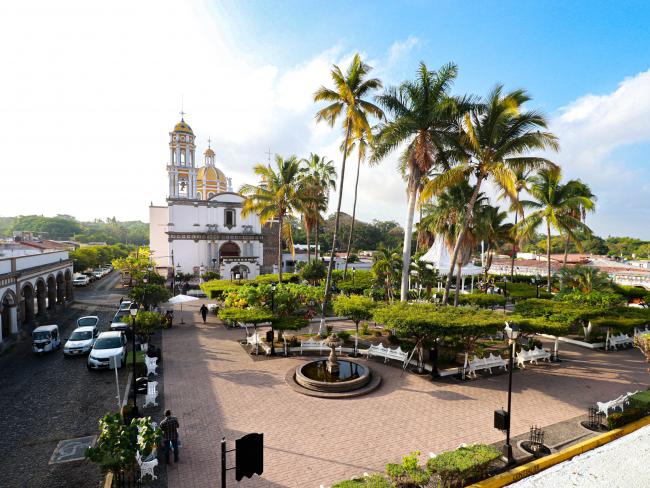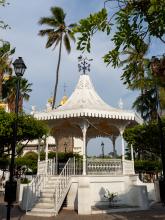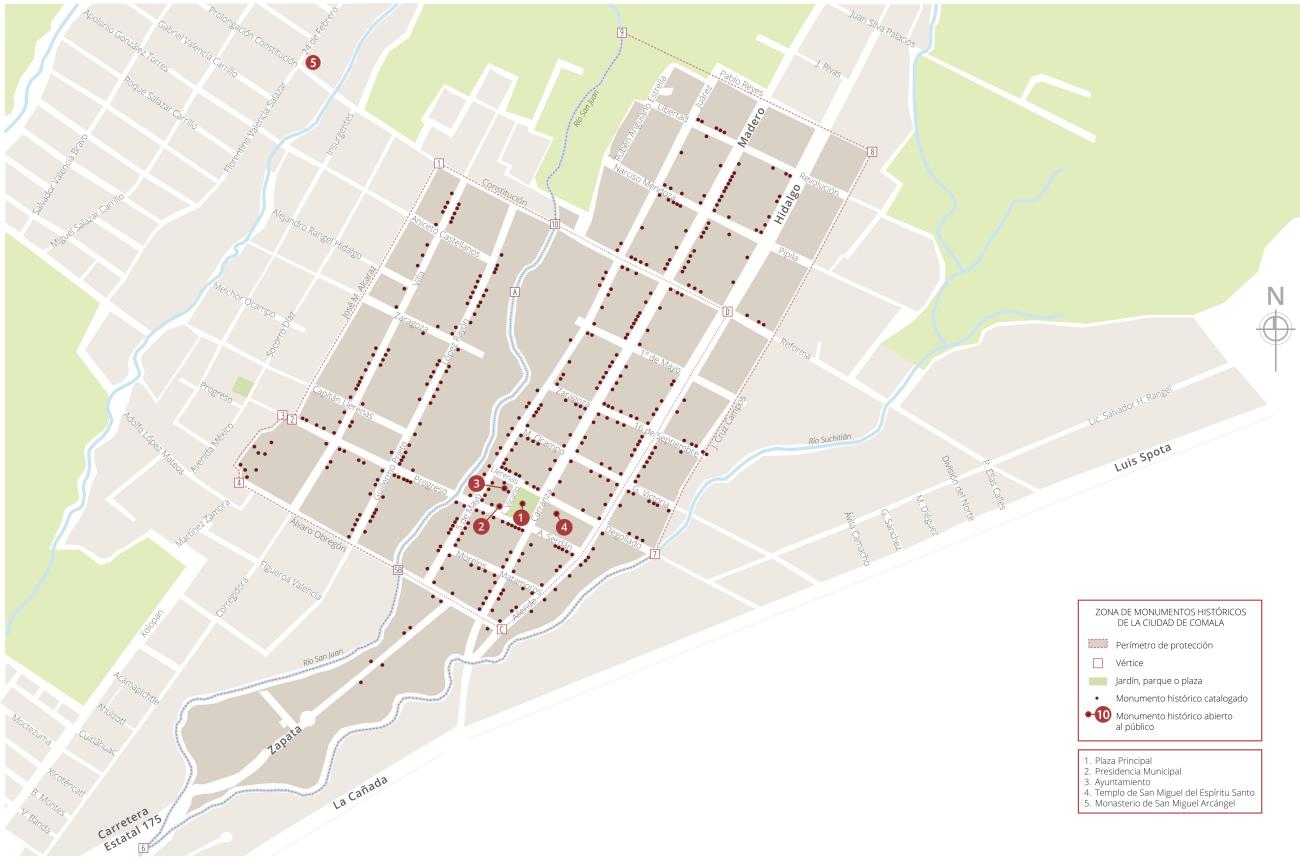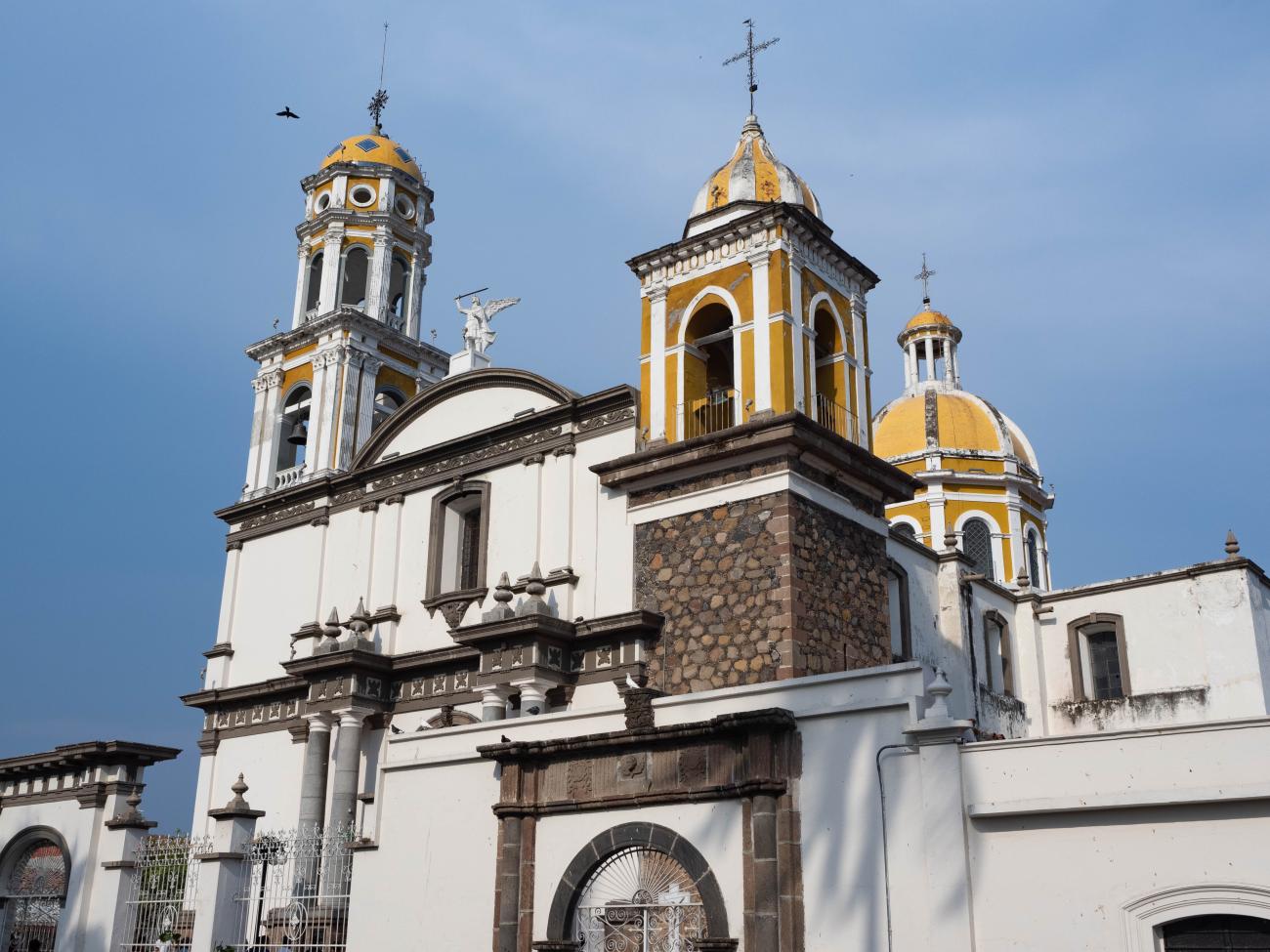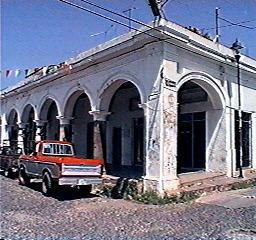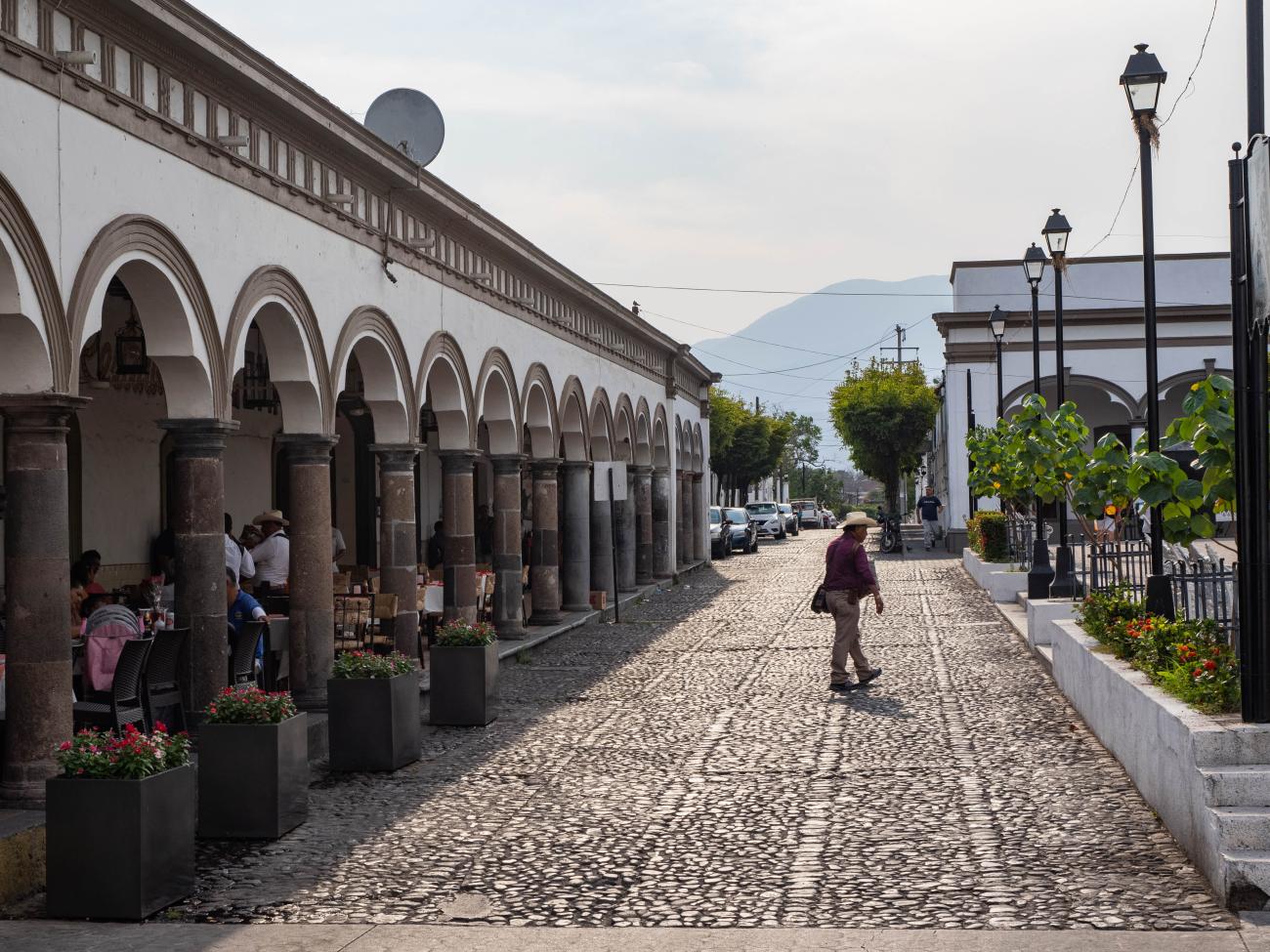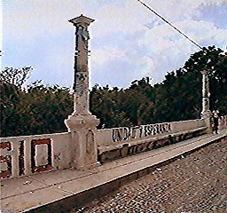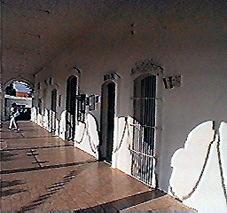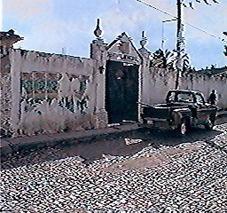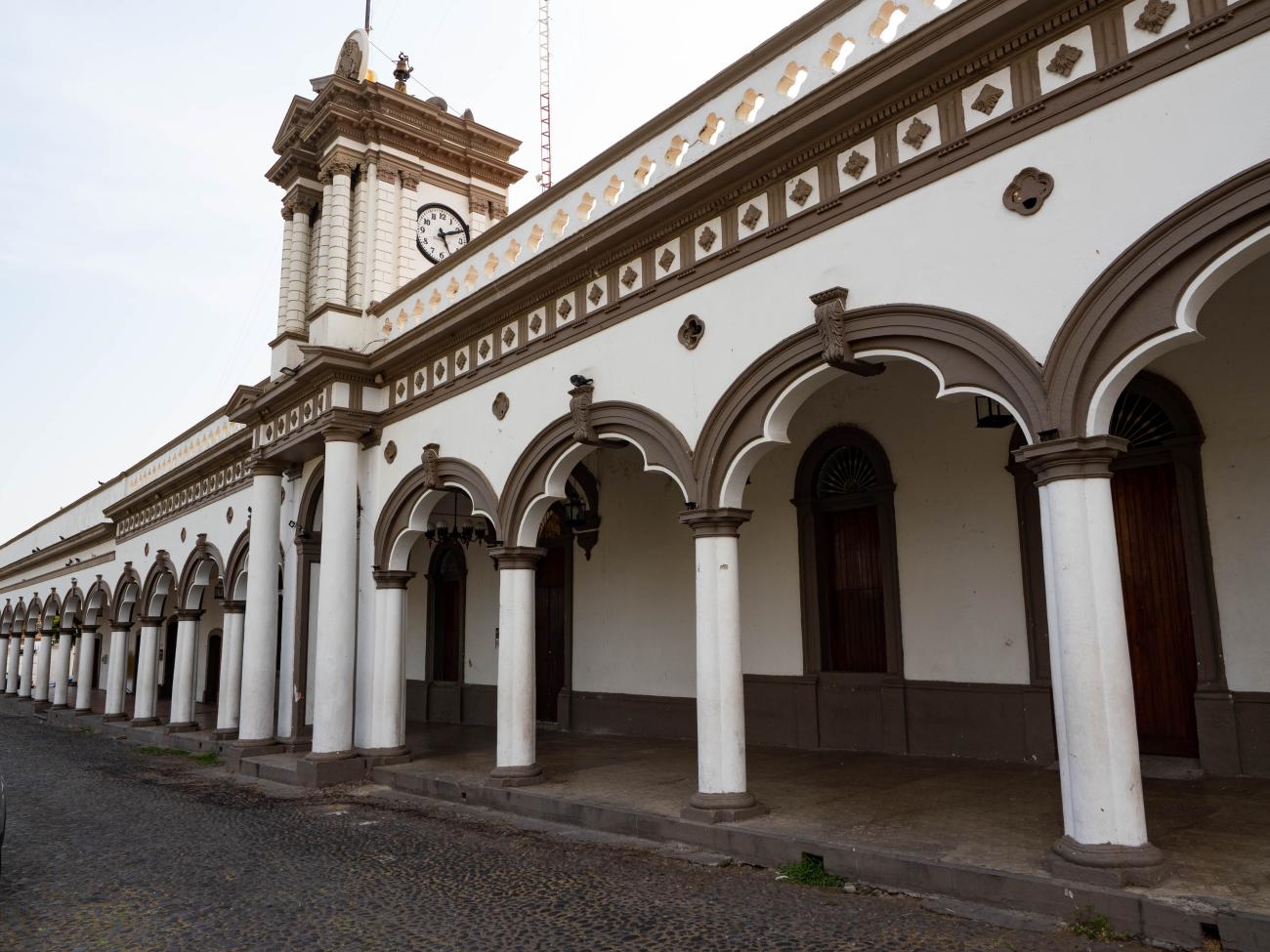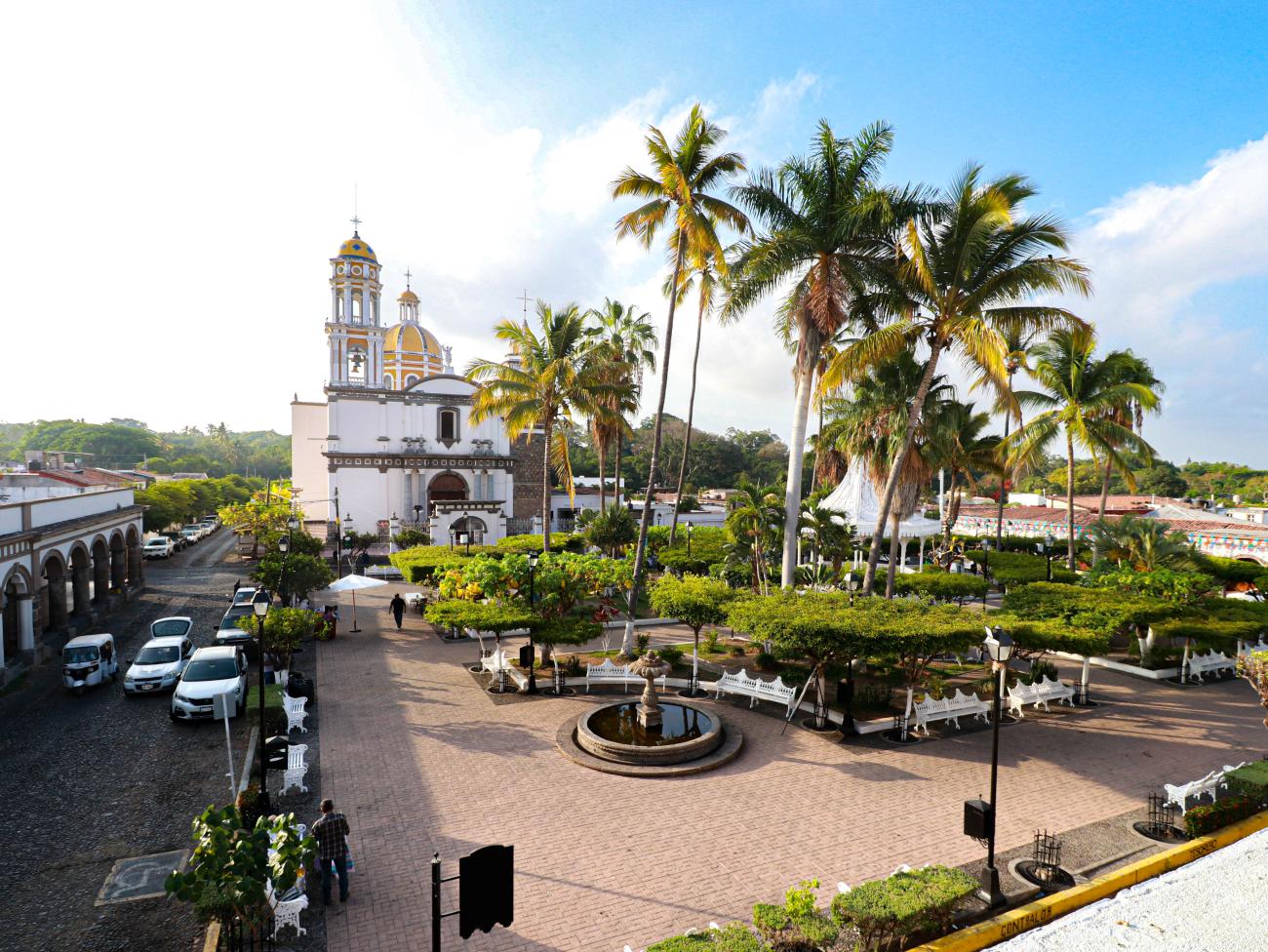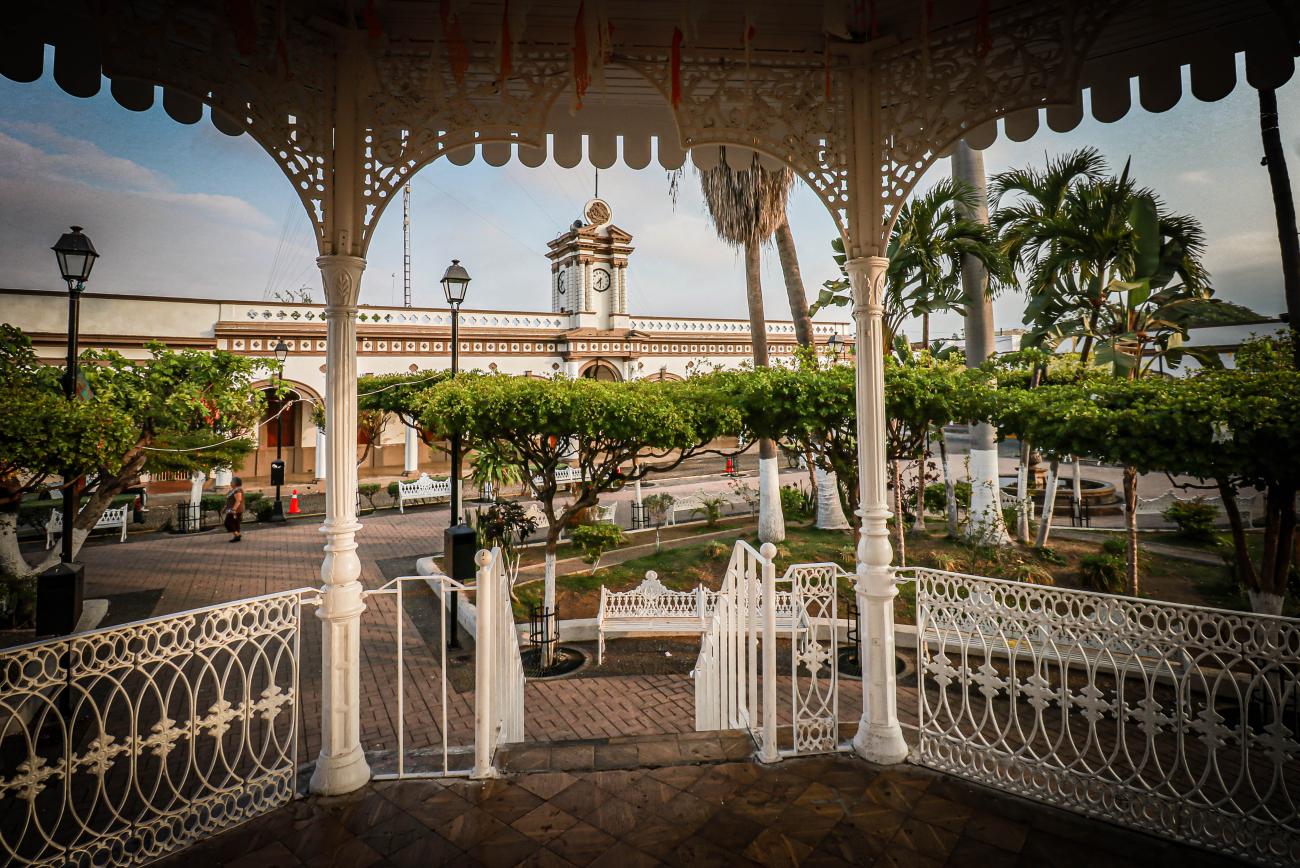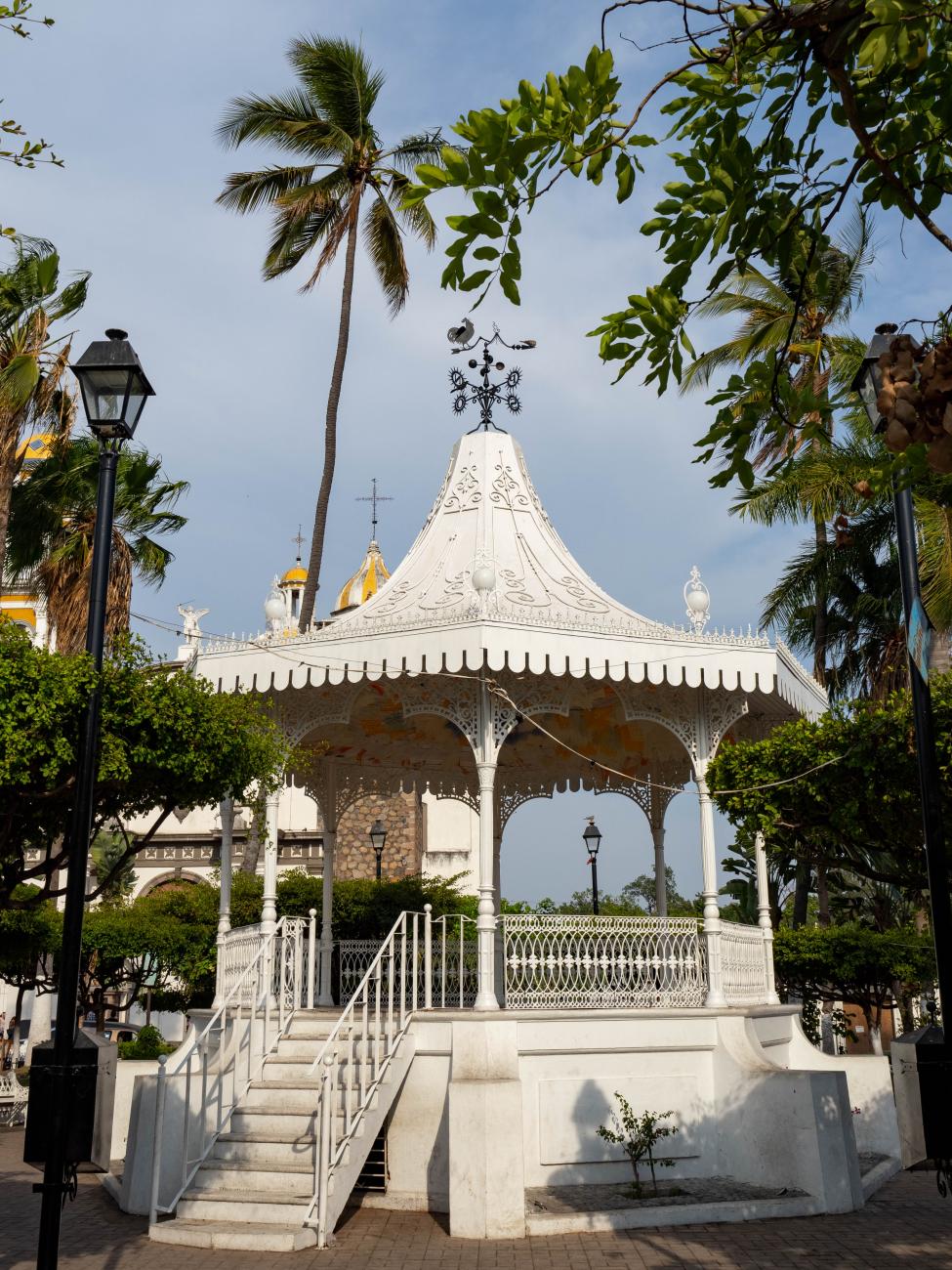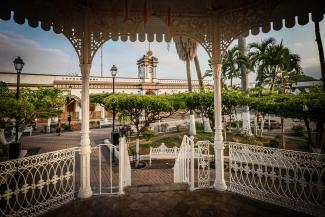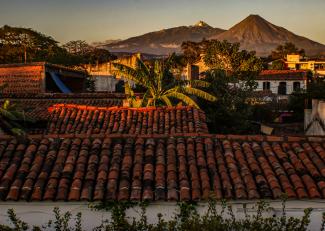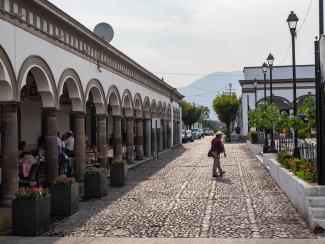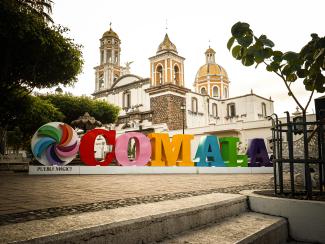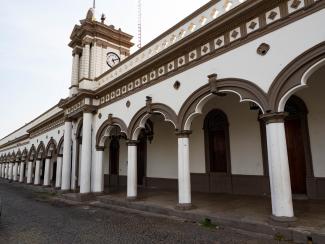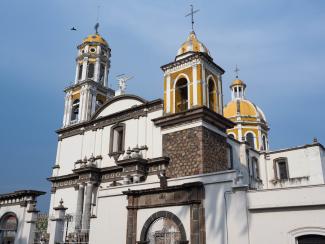Comala
Historical Monuments Zone
Abstract
Known as “the white town of America” for the characteristic color of its houses. The town is home to neoclassical buildings, such as the Parish Church of San Miguel, who is also the patron saint of the town. It is the imaginary place where the novel Pedro Paramo by Juan Rulfo takes place.
The word “Comala” comes from Nahuatl and means “place of comales (griddles).” Located northwest of the state capital and situated on a hillside framed by the El Suchitlán and El San Juan rivers, from Comala the Volcán del Fuego or Colima Volcano can be seen.
In 1527, the pre-Hispanic settlement was occupied by the Spanish, though it was not until 1820 that it was constituted as a town.
Comala was declared a Zone of Historical Monuments in 1988. This zone covers an area of 760 m2 formed by 51 blocks that include buildings constructed between the 16th and 19th centuries. The most significant are the Parish Church of San Miguel del Espíritu Santo, patron saint of Comala, the Municipal Presidency, the Main Square and the Municipal Cemetery. In the center of Comala stands the Parish Church of San Miguel, in a neoclassical style, whose first stone was laid in 1883. It is located adjacent to the Main Square or Plaza de Armas, where a metal bandstand of German origin occupies the center.
The German influence is due to the fact that in 1883 the businessman Arnoldo Vogel, of Teutonic origin, established a major coffee plantation here, and also promoted industrial and electrical energy production in the region.
The urban plan is laid out in a grid of perpendicular streets, adapted to the topography, which start from the main square, around which the most emblematic buildings are arranged.
The houses in Comala are made of adobe, painted white and with tile roofs, which is why it is known as the “white town of America.” The type of soil, the quality of the clay, the types of timber available, as well as the characteristics of the local stone gave rise to the appearance of the town.
The town is also famous for appearing in the first lines of the novel Pedro Paramo, by Juan Rulfo, which read: “I came to Comala because I had been told that my father, a man named Pedro Páramo, lived there.” However, present-day Comala has little in common with what Juan Rulfo imagined.
-
Monumentos Históricos
-
Bienes inmuebles con valor cultural
-
Conjuntos arquitectónicos
-
Sitios de interés
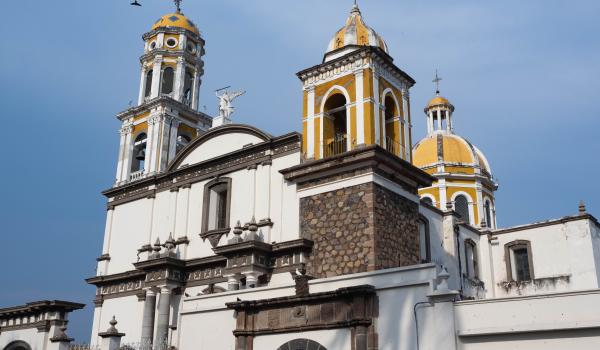
Parroquia de San Miguel Arcángel del Espíritu Santo
19th-century religious building with a Latin cross floor plan consisting of a narthex with a chapel. Its façade has two sections with two bell towers, one with two sections with a drum and a tile-covered dome, and the other with a single section with a dome supporting a cross.
Parroquia de San Miguel Arcángel del Espíritu Santo
19th-century religious building with a Latin cross floor plan consisting of a narthex with a chapel. Its façade has two sections with two bell towers, one with two sections with a drum and a tile-covered dome, and the other with a single section with a dome supporting a cross.
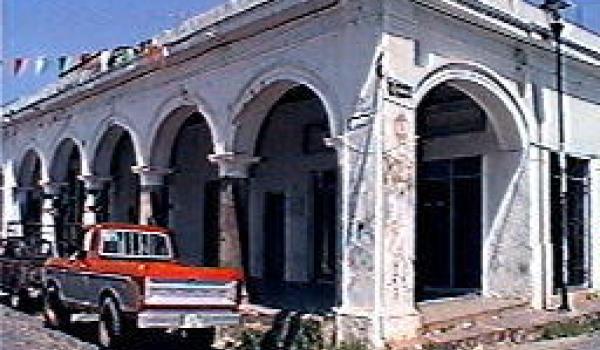
Portal Llerenas
19th-century building constructed of stone and adobe.
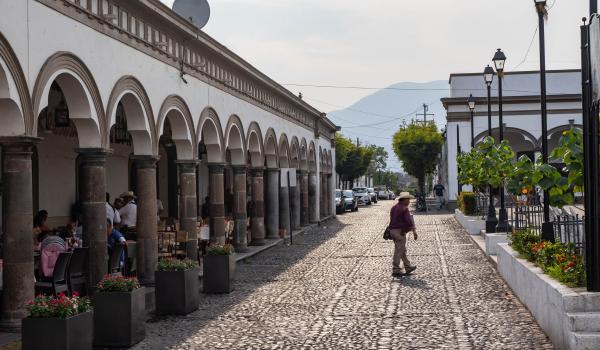
Portal Progreso
19th-century building used as a commercial and service complex.
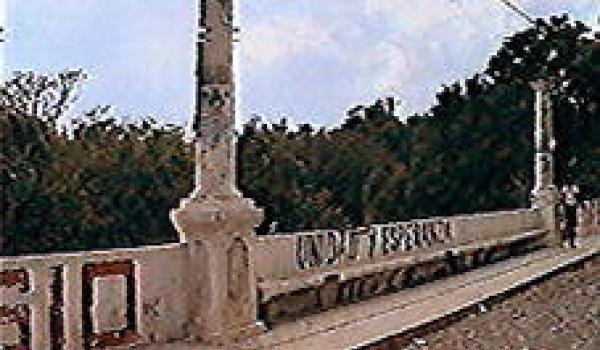
Puente Progreso
Bridge over the San Juan River, inaugurated on September 16, 1910, known as the “Bridge of Sighs.”
n>
Puente Progreso
Bridge over the San Juan River, inaugurated on September 16, 1910, known as the “Bridge of Sighs.”
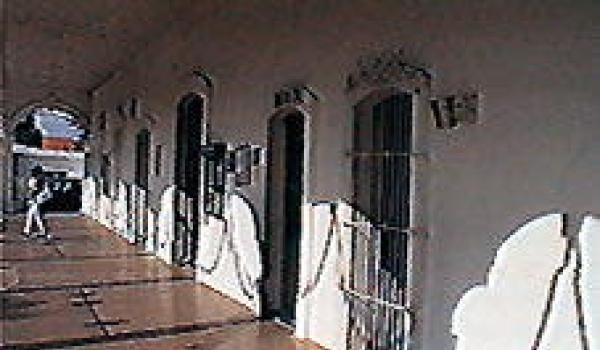
Comandancia de Policia
20th-century adobe and brick building.
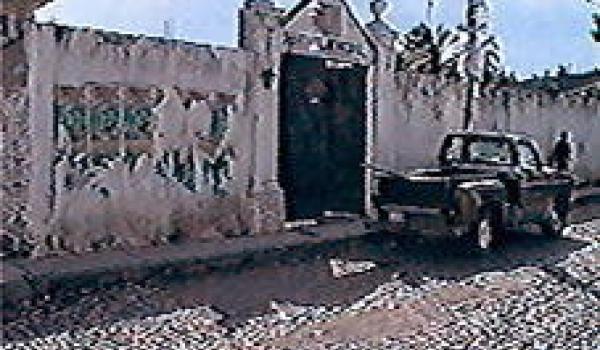
Panteón Municipal
On August 24, 1883, the San Juan Bautista cemetery was created, which is now the municipal cemetery. Before that, bodies were buried in the courtyard of the parish church until cholera struck the region.
Panteón Municipal
On August 24, 1883, the San Juan Bautista cemetery was created, which is now the municipal cemetery. Before that, bodies were buried in the courtyard of the parish church until cholera struck the region.
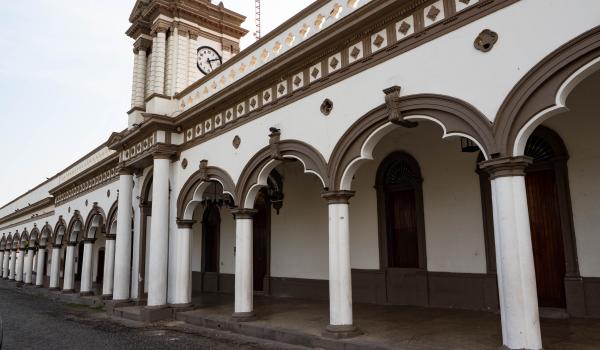
Presidencia Municipal
A 20th-century building, inaugurated in 1903, when Roque Salazar Carrillo was mayor.
Presidencia Municipal
A 20th-century building, inaugurated in 1903, when Roque Salazar Carrillo was mayor.
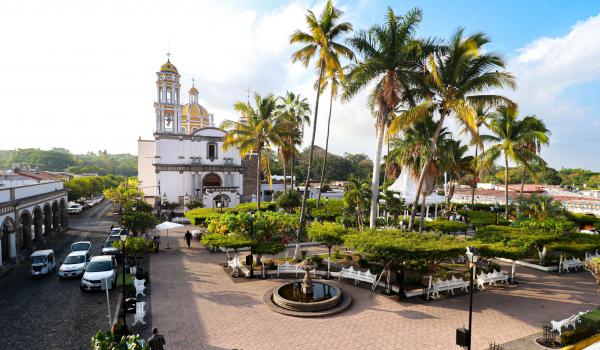
Plaza principal

